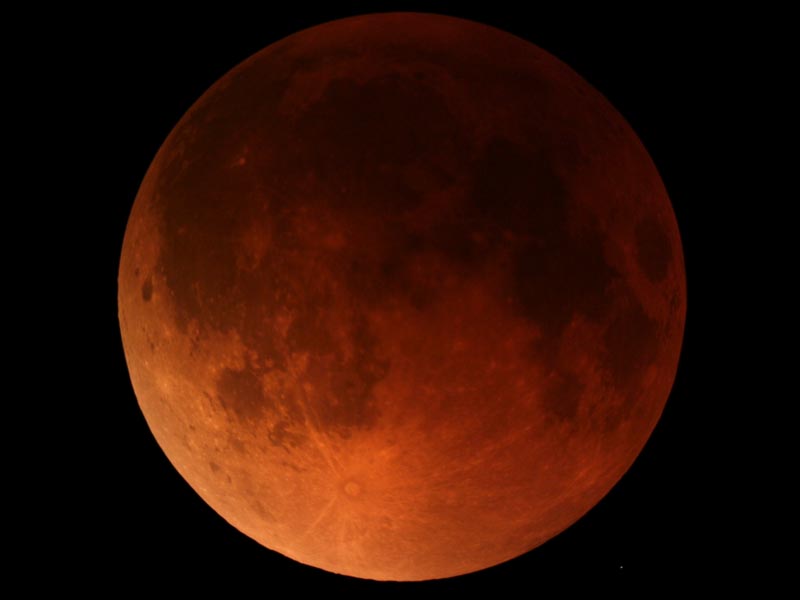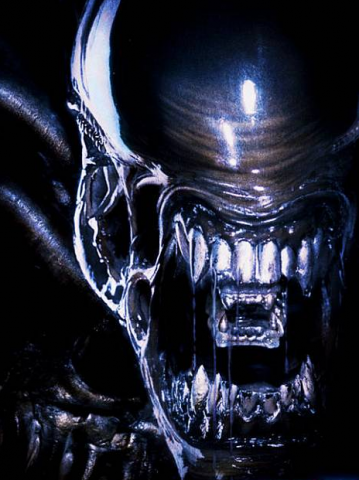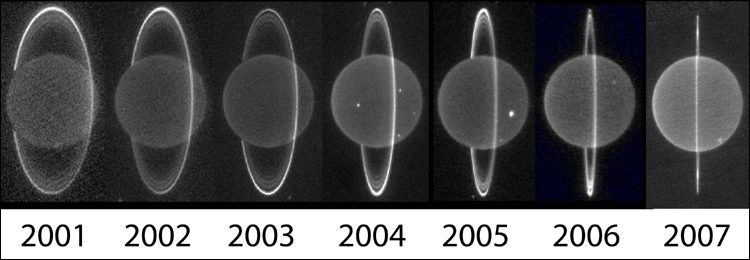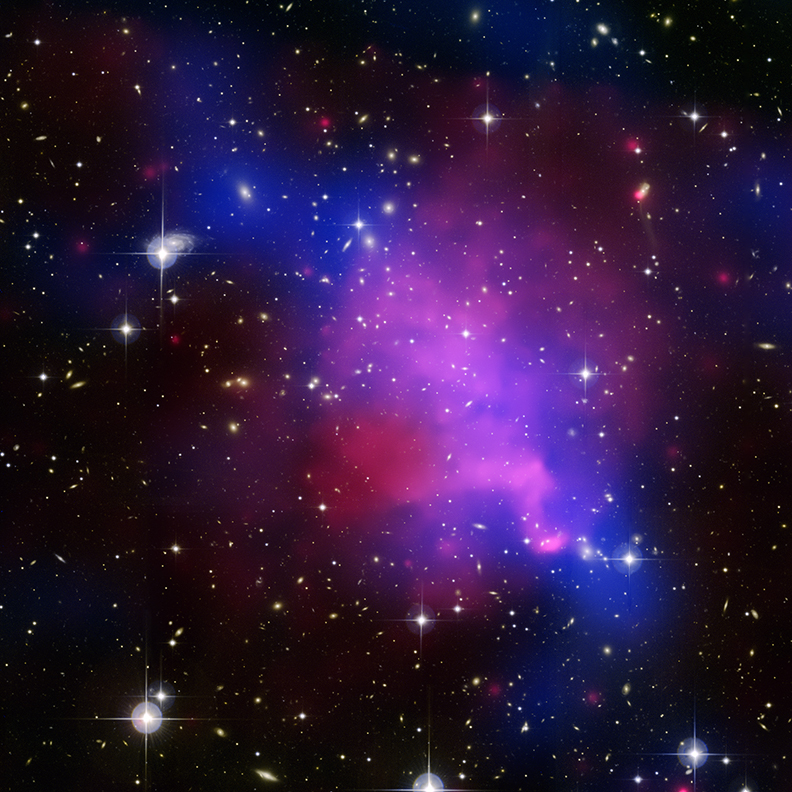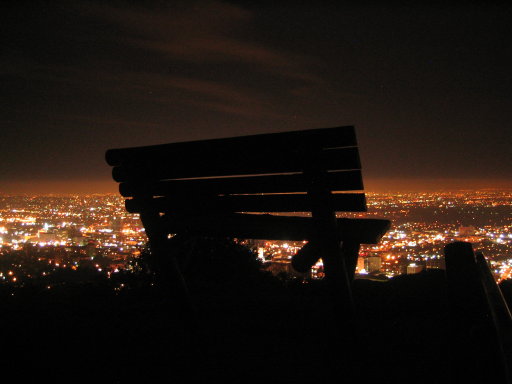In case you missed this earlier this week, there was an intriguing detective science story that, if correct, has yielded remarkable news about the past of our planet, and of course, us. From an AP story by Richard Ingham (via Yahoo):
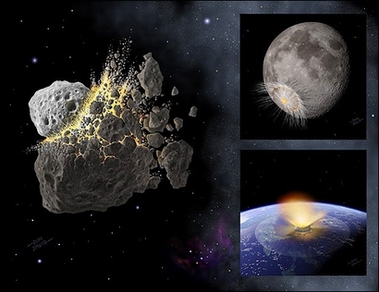 The extinction of the dinosaurs 65 million years ago can be traced to a collision between two monster rocks in the asteroid belt nearly 100 million years earlier, scientists report on Wednesday.
The extinction of the dinosaurs 65 million years ago can be traced to a collision between two monster rocks in the asteroid belt nearly 100 million years earlier, scientists report on Wednesday.
The smash drove a giant sliver of rock into Earth’s path, eventually causing the climate-changing impact that ended the reign of the dinosaurs and enabled the rise of mammals — including, eventually, us.
(Image above: Simulation images (AFP/HO/Don Davis) of the asteroid collision event, and the resulting extinction collision event on earth, and the collision with the moon.)
The scientists are William Bottke, David Vokrouhlicky and David Nesvorny, working at the Southwest Research Institute in Colorado. They traced the rock to a collision event that took place in the inner parts of the asteroid belt somewhere about between 140-190 million years ago, producing the family of fragments collectively called the Baptistinas, the largest being Baptistina 298. Over time, some of the fragments found […] Click to continue reading this post →


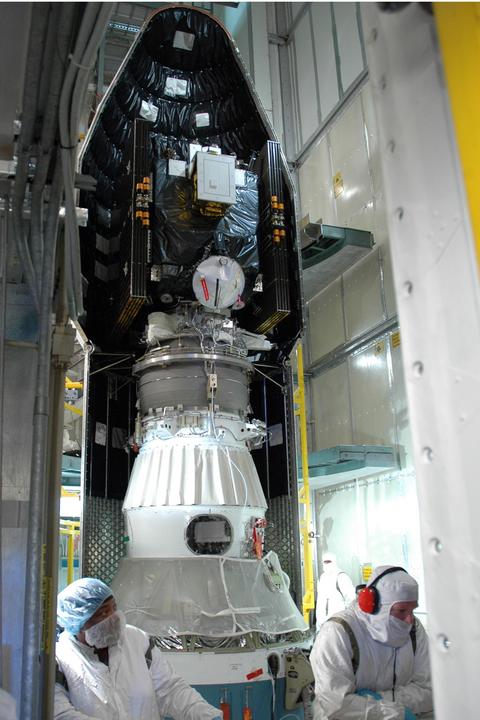

 Drat.
Drat.
